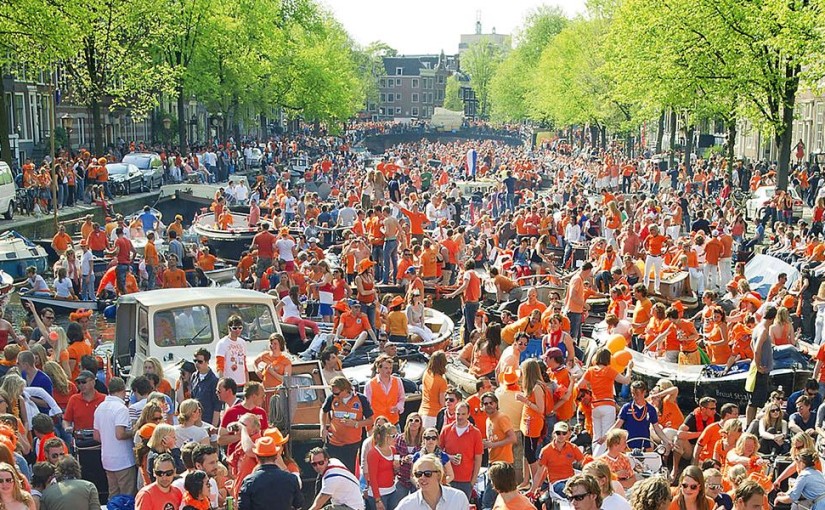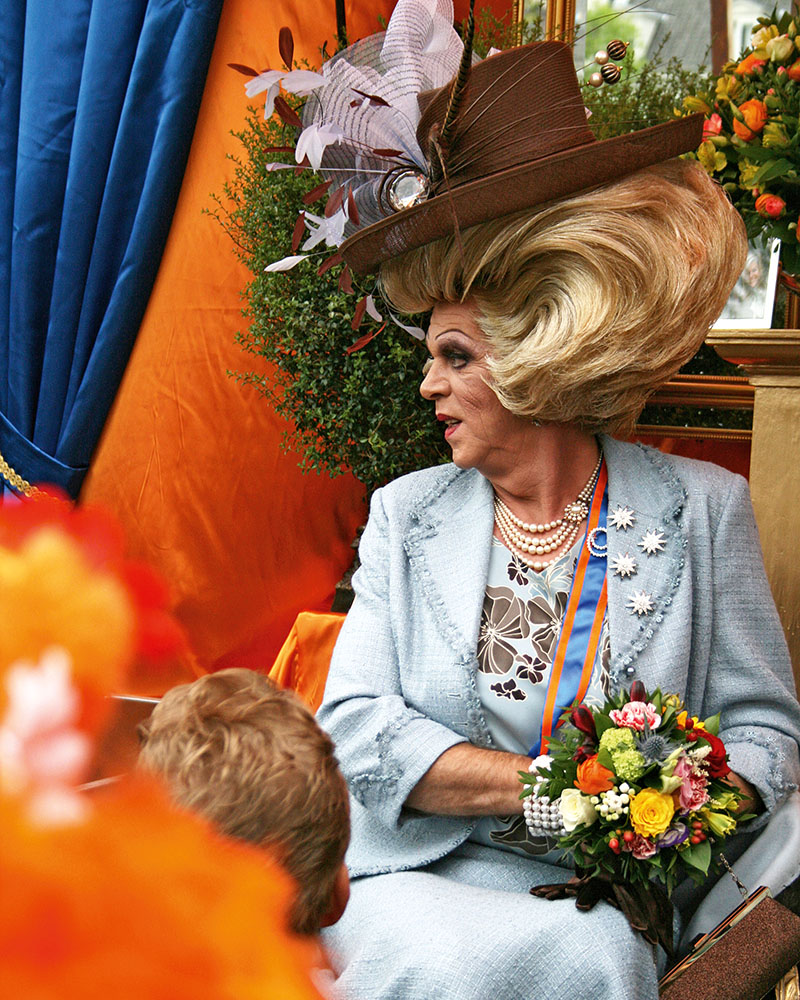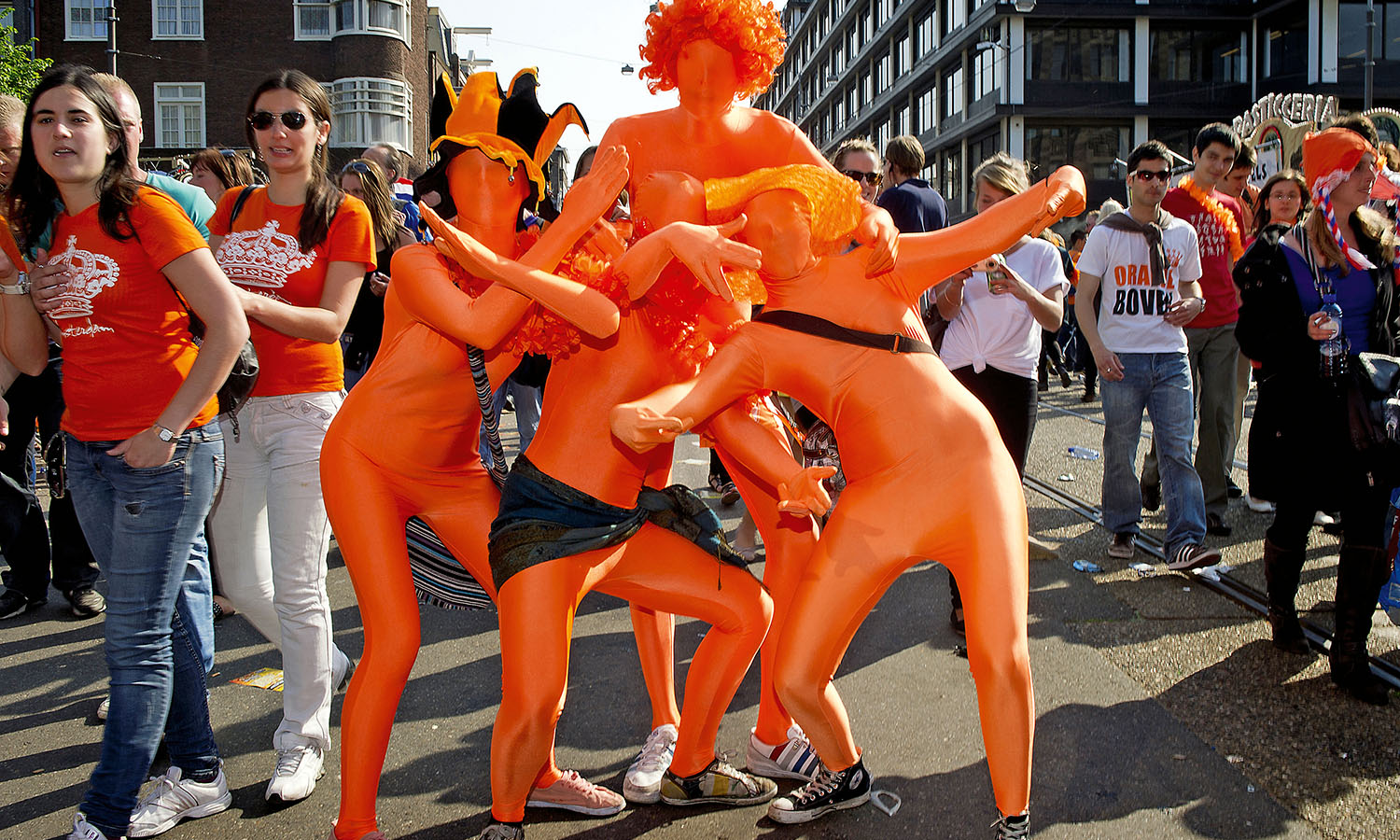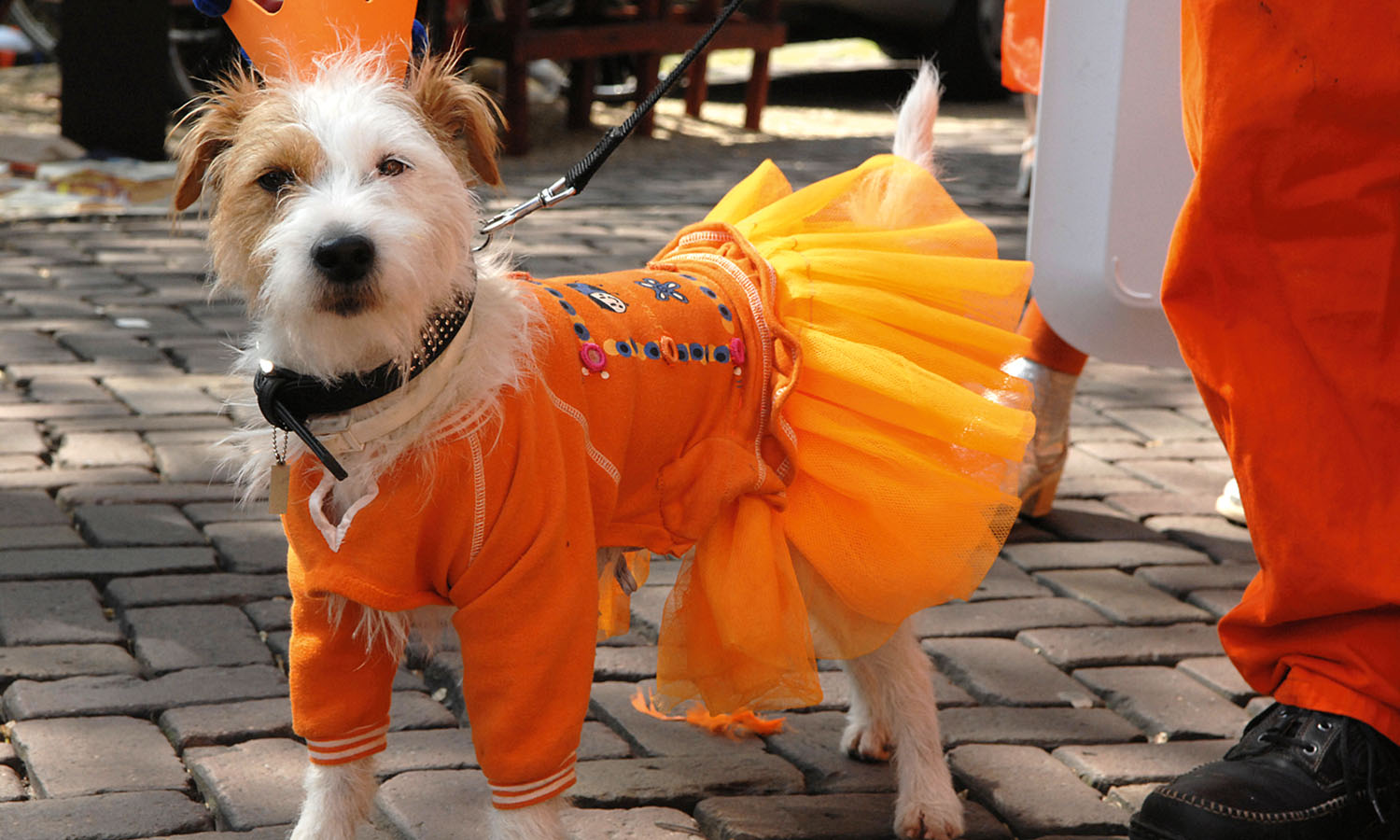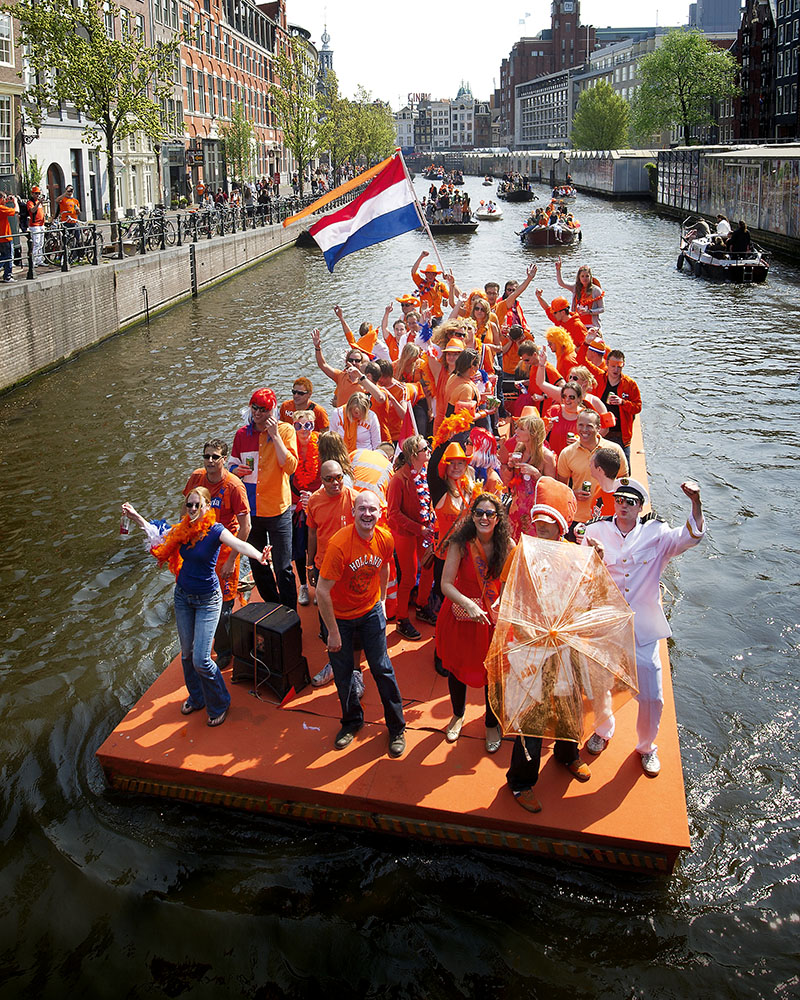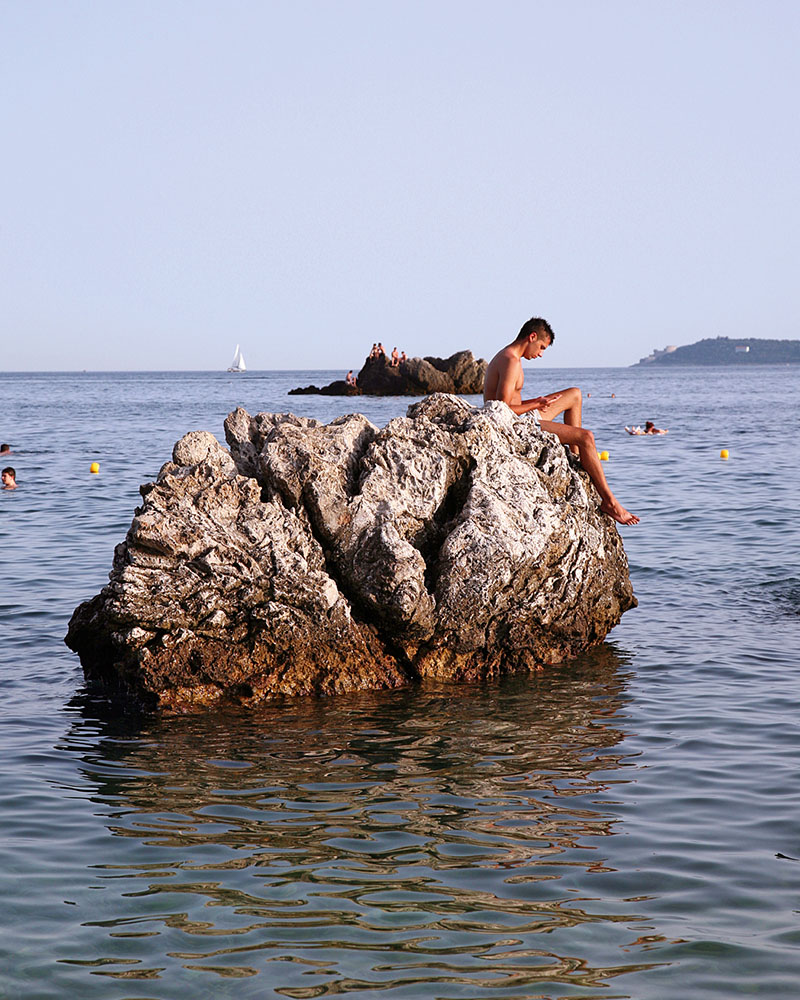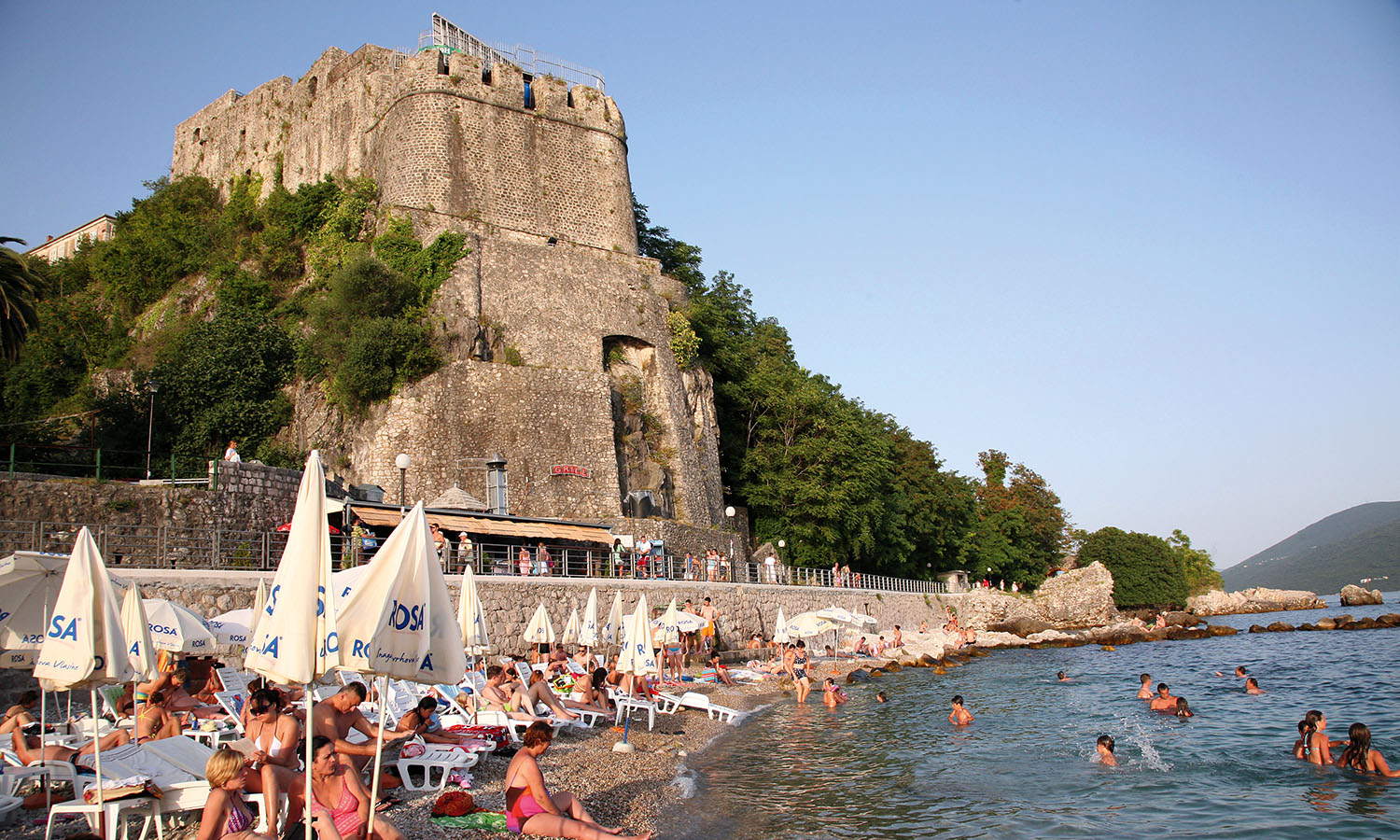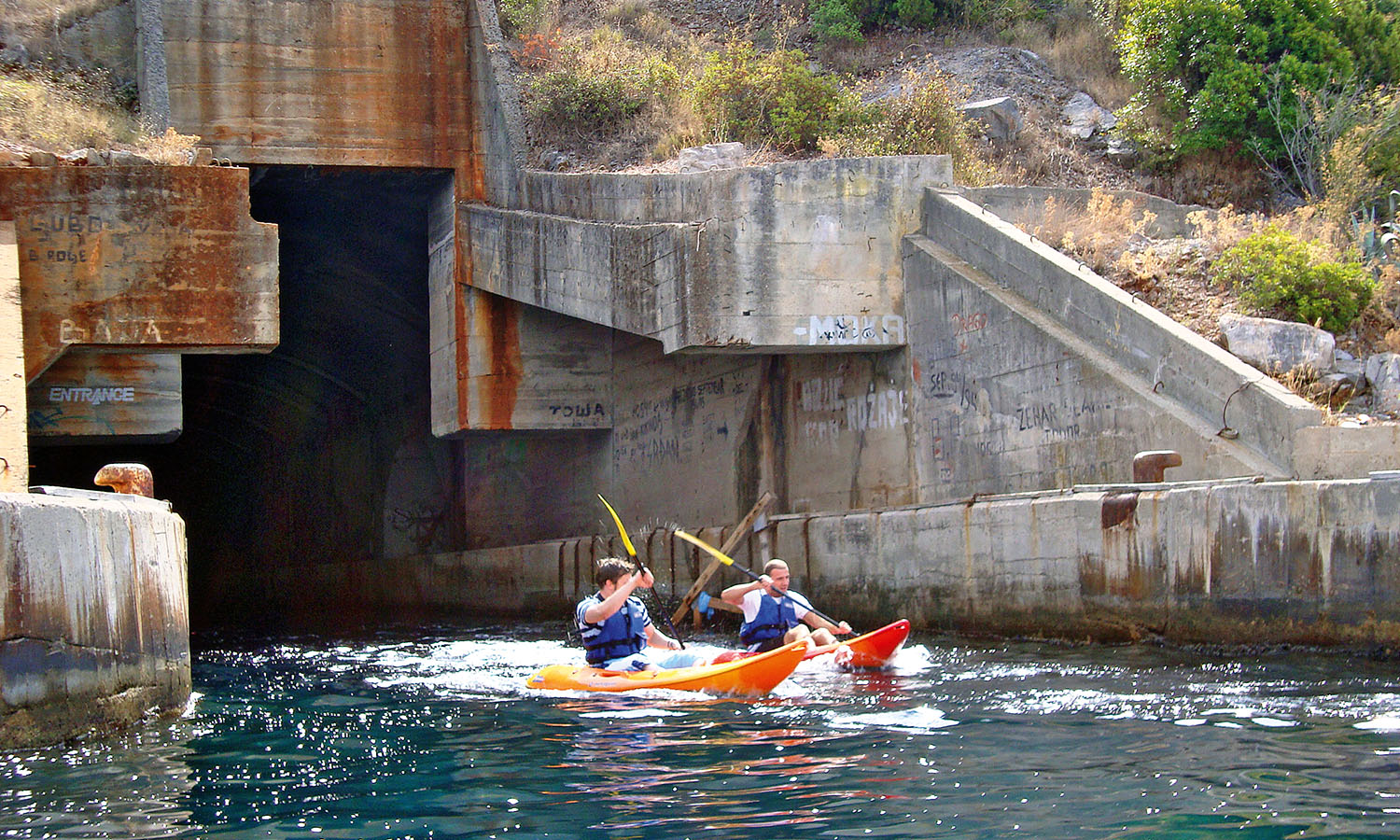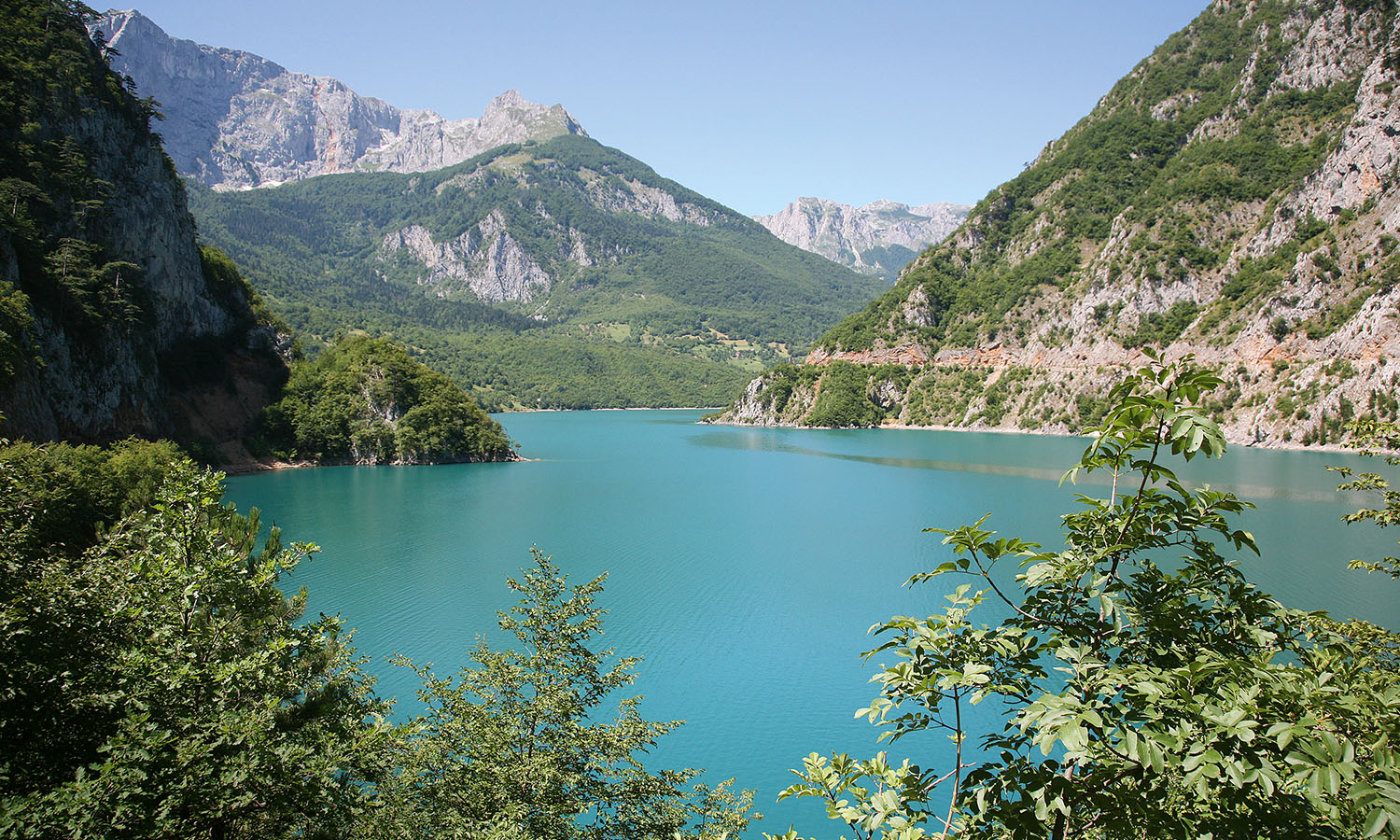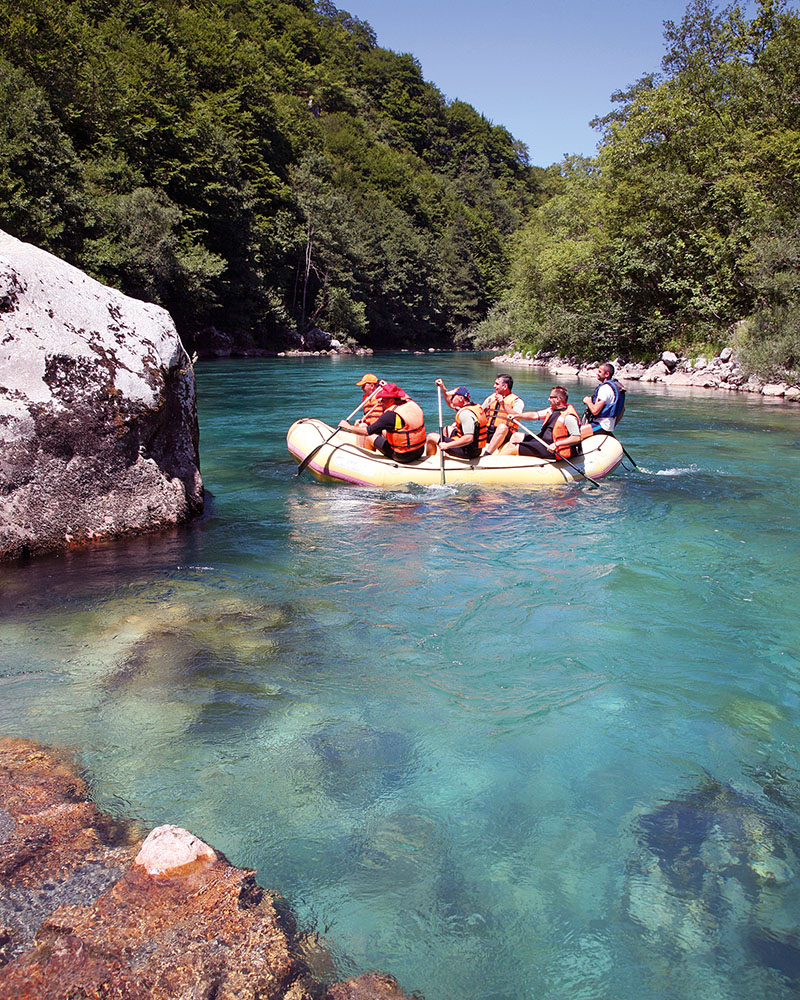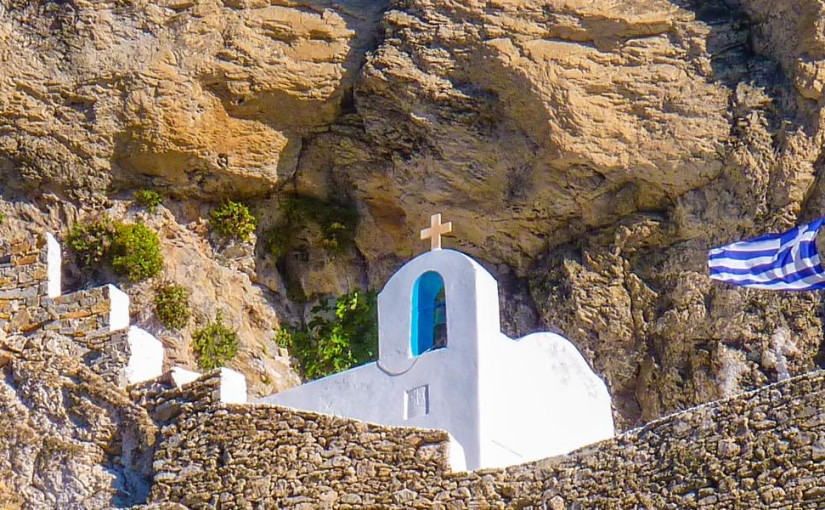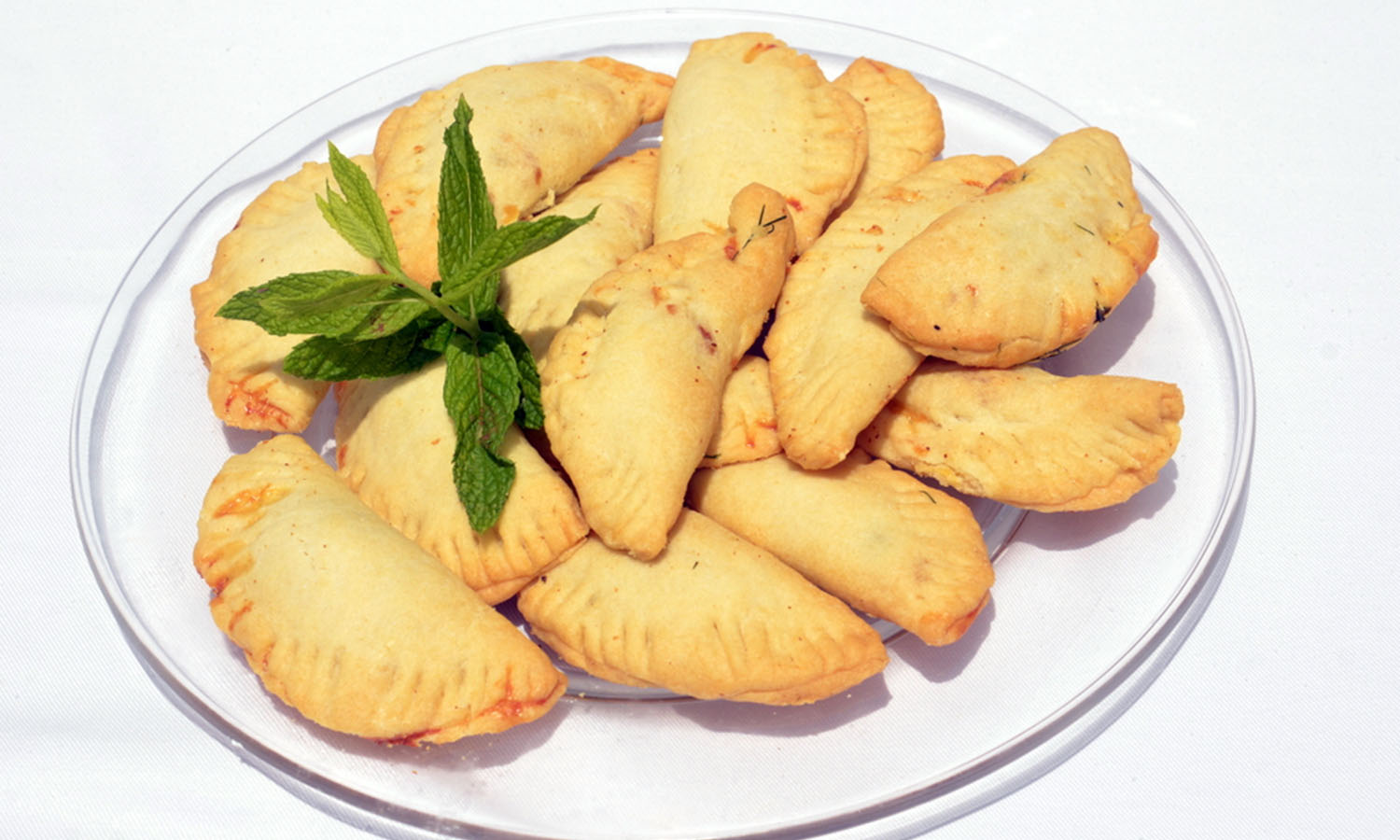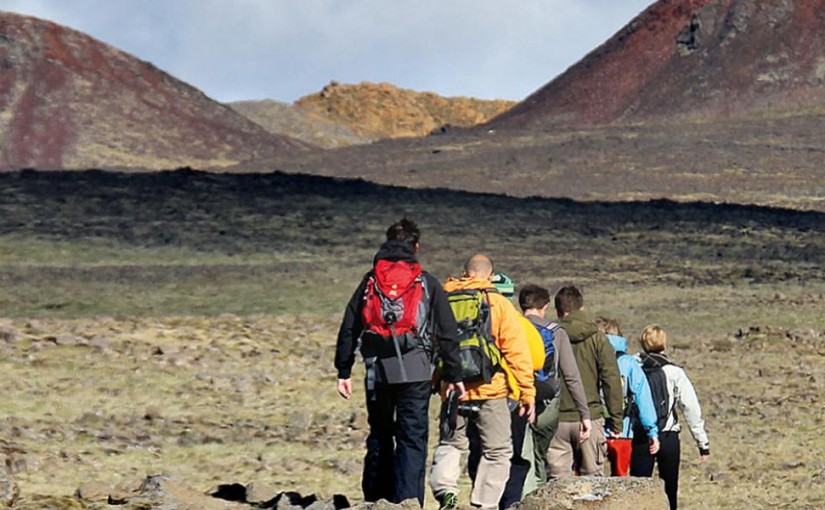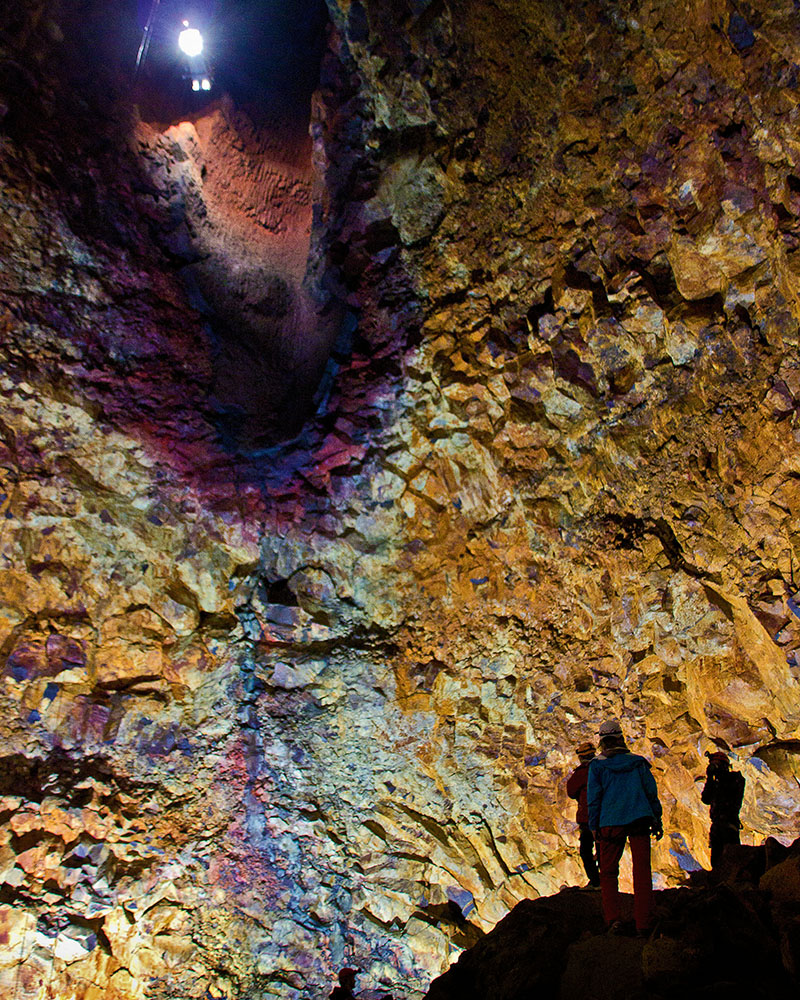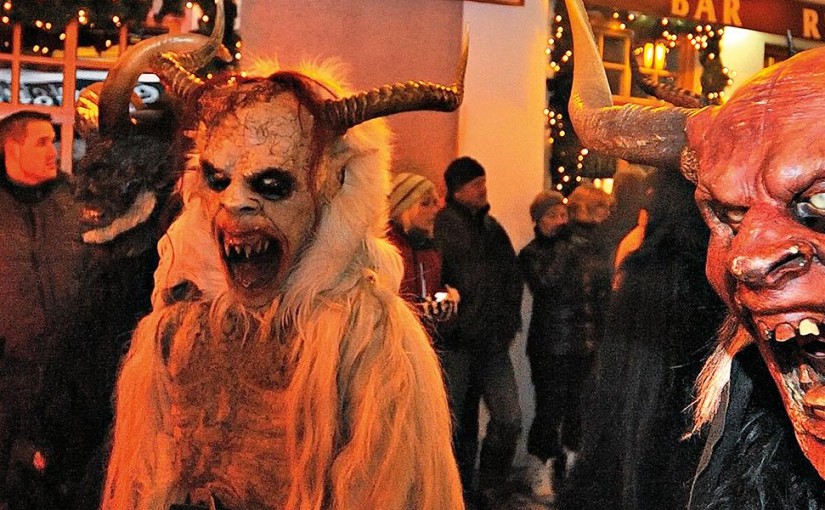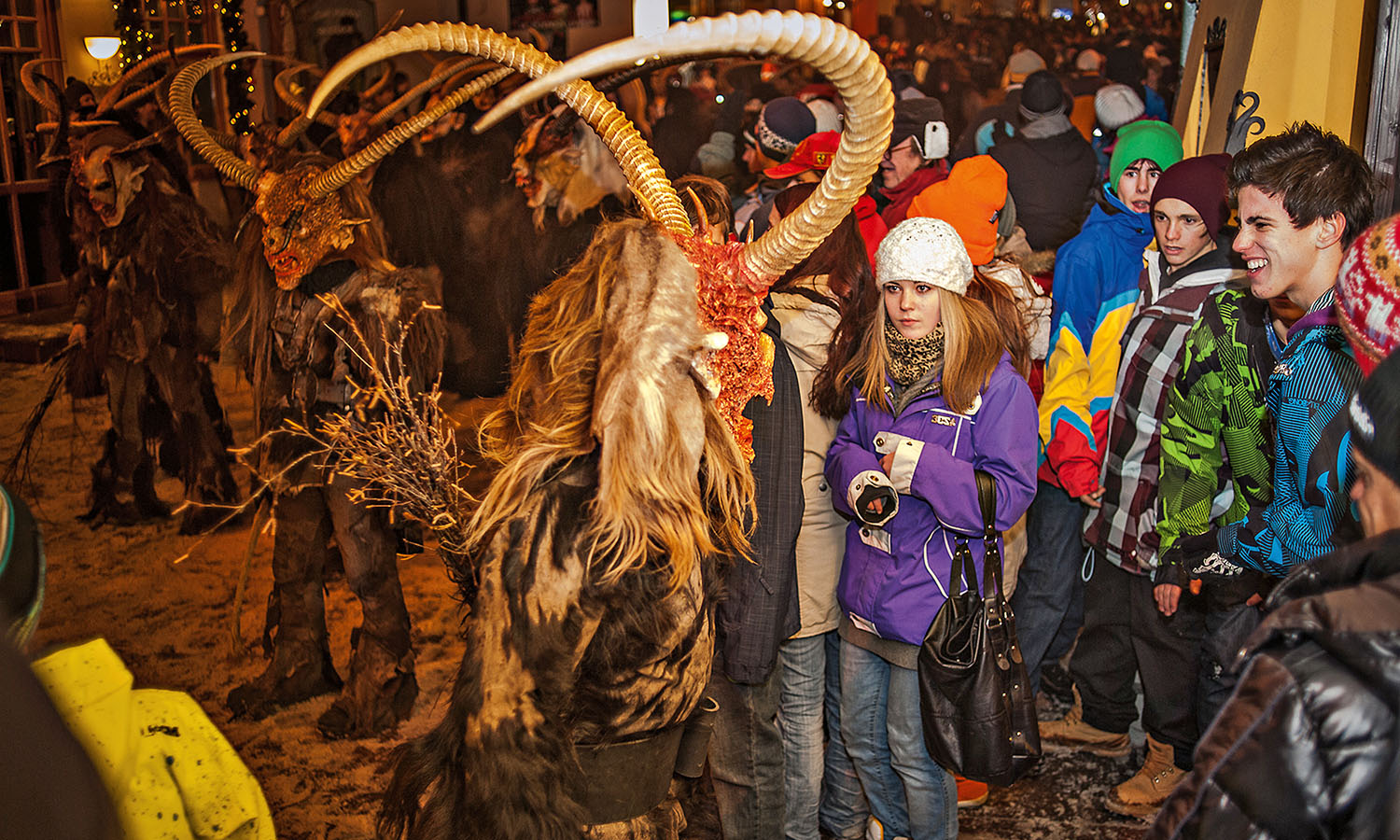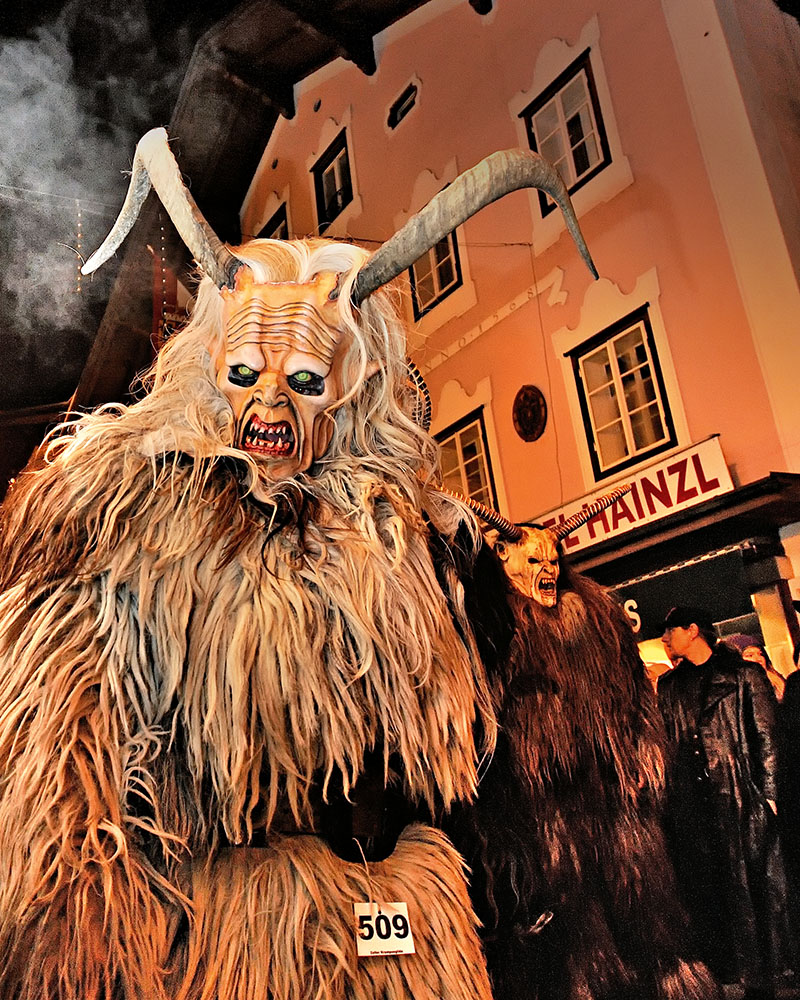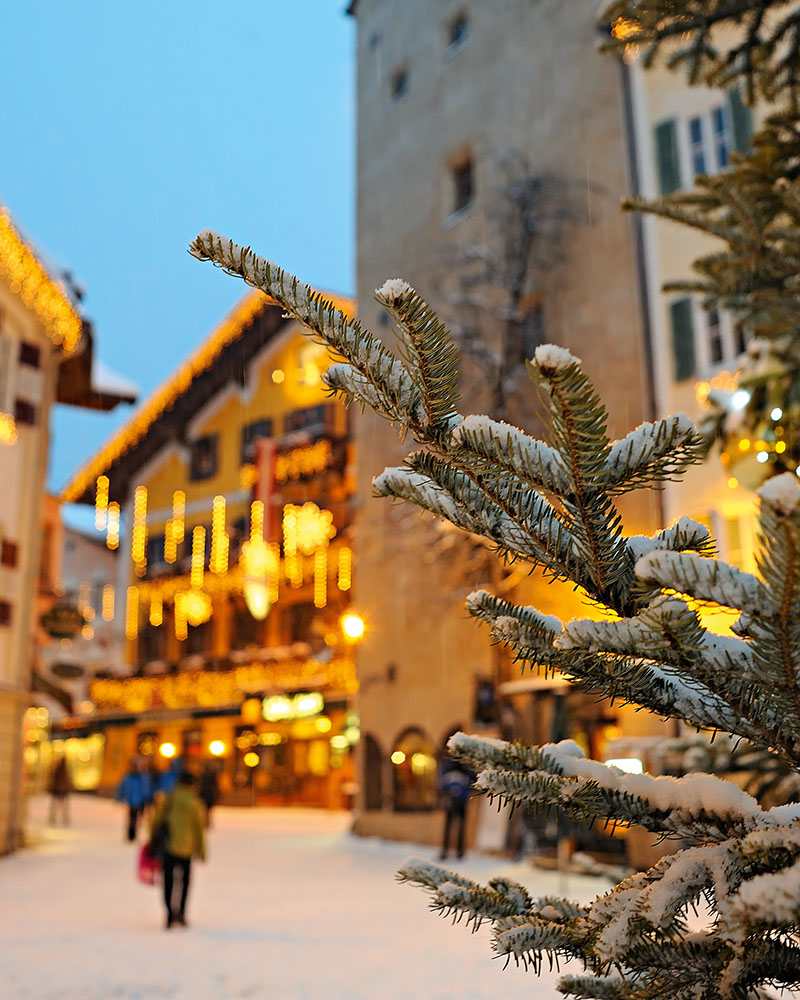Although many Dutch residents couldn’t care less about the monarchy, they wouldn’t miss this national holiday for the world. Every year on 30 April more than 700,000 people converge on the capital for 24 hours of fun and frivolity. While the queen and her royal entourage engage in traditional folkish activity in some idyllic village somewhere in the provinces, the real hardcore partying is done in Amsterdam, queen or no queen.
“Do you know what is going on?” a baffled Japanese tourist asks me on the train to Amsterdam, via the airport. Judging by his suitcase he’s just arrived and apparently hasn’t got a clue what he’s stumbled upon. The train is jam-packed with people dressed in ridiculous orange outfits, the Dutch national colour. Orange wigs, big plastic crowns and flags complete the madness. So either the Dutch national soccer team has won the European final, which grips the country with similar revelry, or something else is going on. Yes, something else is most definitely going on. It’s Queen’s Day – the day the Dutch celebrate the birthday of Queen Beatrix. Well, actually her late mother’s birthday, as Queen Beatrix’s birthday is in January and temperatures below zero would seriously spoil the outdoor fun.
My attempt to explain the chaos is drowned out by a group of loudly singing young men. Some have bloodshot eyes – Queen’s Night on 29 April has become a big event in the past decade, especially in The Hague, and, although drinking on the train is forbidden on this day, the pungent smell of alcohol is everywhere. And it’s only 11 o’clock in the morning.
Once we arrive outside Amsterdam central station thirst takes over. “Wanna beer?” my companion asks. I’m sure it’s five o’clock somewhere in the world so I cave. I must admit that, despite the early hour, the cold fluid is magnificently refreshing. As the orange-coloured mass slowly moves straight onto the Damrak, we decide to turn right into the Jordaan area, arguably the most picturesque part of the city. Grab a random postcard and you’ll see the picture-perfect canals lined with stately mansions, Amsterdam’s pride and a striking backdrop for the colourful festivities.
By midday the streets are filled with people dancing to ear-splitting music pumping from large ghetto blasters carefully balanced on window panes. Holland isn’t known for its great climate and April can be chilly, but today the sun is blazing and everyone is peeling off layers of clothing and slopping on sunscreen. Overlooking the water you truly grasp the scale of the festivities. The canals are congested with dozens of boats trying to pass the narrow bridges, but no one seems to care as they cheerfully dance and sing along to the music. We’re probably safer on shore – the wobbly boats are so jammed with people it’s a miracle they still float.
Our first stop is cosy Café Thijssen, an Amsterdam institution located on the corner of Lindengracht and Brouwersgracht. You won’t find many tourists in this part of town and, although it’s crowded, it’s pleasant enough to linger for an hour or so. On a small stage just in front of the cafe, a klezmer band is playing traditional Jewish tunes. It’s impossible to stand still listening to these rousing melodies.
Queen’s Day is the only day of the year when people can get rid of unwanted stuff on the streets. Everything from clothing to old records, rickety furniture to trinkets is sold at bargain prices. “How much for the boots?” I ask a girl with pink hair. “For five euro they’re yours,” she replies. I gratefully swap my heels for the comfortable-looking boots. Heels are no match for Amsterdam’s cobbled streets.
“Beer for only one euro,” a boy no older than 10 yells from behind his home bar, installed on front of his porch. I wonder if it’s legal, but order two anyway. With great effort he carefully pours our beers, leaving more froth than liquid, but the sight is so endearing we instantly forgive him.
 (
(
